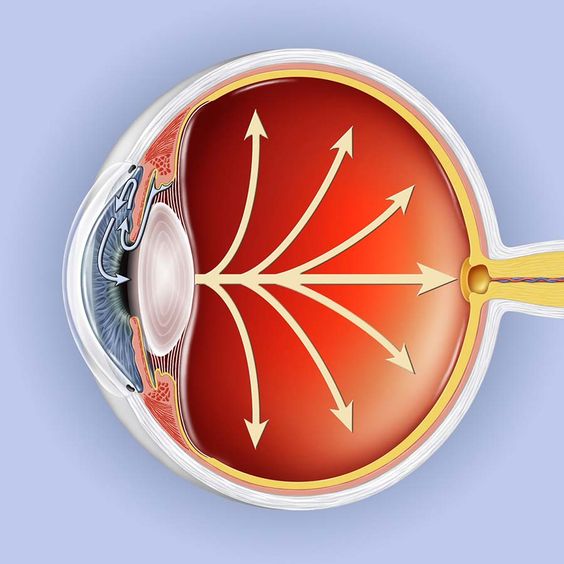Introduction:
Glaucoma is a group of eye conditions that damage the optic nerve, which connects the eye to the brain. This nerve is vital for clear vision, and damage to it can lead to vision loss and blindness. The damage is often caused by abnormally high pressure in your eye, called intraocular pressure (IOP).

Glaucoma is one of the leading causes of blindness for people over 60. It can often affect people without them noticing any symptoms until the condition has already progressed. This is why it is often called the “silent thief of sight.” Early diagnosis and treatment are crucial for preventing vision loss from glaucoma.
Symptoms of Glaucoma
Glaucoma can develop in one or both eyes, and its symptoms may vary depending on the type and stage of the condition.
- Open-angle glaucoma is the most common type of glaucoma, and it develops gradually over time. In the early stages, open-angle glaucoma may not cause any noticeable symptoms. As the condition progresses, individuals may experience:
- Gradual loss of peripheral (side) vision, in both eyes
- Tunnel vision in the advanced stages
- Angle-closure glaucoma is less common and can appear suddenly. This type is considered a medical emergency, and symptoms may include:
- Severe eye pain
- Nausea and vomiting
- Sudden onset of visual disturbance, often in low light
- Blurred vision
- Halos around lights
- Redness in the eye
Treatment and Management of Glaucoma
While the damage caused by glaucoma cannot be reversed, early detection and treatment can help slow down or prevent further vision loss. The treatment plan may vary depending on factors including the type of glaucoma, the stage of the condition, and the individual's overall health. Treatment options include:
- Eye drops: These are often the first line of treatment for glaucoma, and work to reduce pressure in the eye.
- Oral medications: These may be prescribed to help decrease fluid production in the eye or improve fluid drainage.
- Laser therapy: Laser trabeculoplasty, laser iridotomy, and cyclophotocoagulation are types of laser procedures used to treat glaucoma.
- Surgery: Surgical procedures, such as trabeculectomy or tube shunt implantation, may be recommended in cases where other treatment options haven't been successful or are not suitable.
Living with Glaucoma
Living with glaucoma requires ongoing management and care to preserve vision and maintain eye health.
- Regular eye exams: Individuals with glaucoma need regular comprehensive eye exams to monitor their condition.
- Lifestyle modifications: Eating a healthy diet, exercising regularly, and avoiding smoking can help promote overall health, including eye health.
- Protective eyewear: Wearing protective eyewear, such as safety glasses during sports or activities that pose a risk of eye injury.

.jpg)